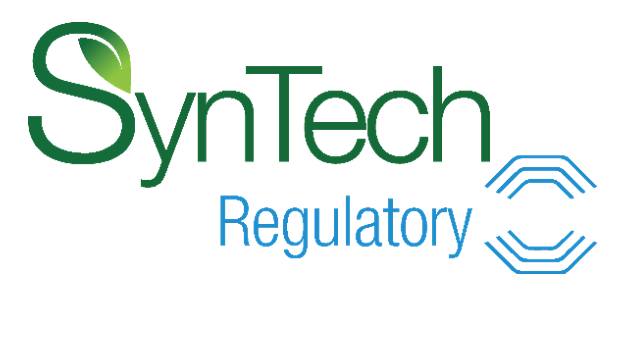Certis Europe Looks for Next-Generation Crop Protection

Kevin Price, Corporate Marketing Manager for Certis Europe
Certis Europe celebrated its 15-year anniversary in June, recognizing its growth into a €150-million ($166.2 million) company during one of the EU’s most tumultuous periods for crop protection products. The EU has lost about 70% of the active substances used for crop protection during that time. Certis’ growth has been a result of a concerted philosophy to provide alternatives to those banned technologies with softer chemistries and biopesticide products.
“Our heritage is an IPM business, and our aim is to develop platforms that combine biorational products with traditional agricultural methods, especially for high-value crops,” says Kevin Price, Corporate Marketing Manager for Certis Europe. “As we see conventional chemical options being reduced for farmers, we want to provide other options to control pests.”
The EU’s culling of agriculture technology is expected to continue, Price says, as it continues to mull endocrine disruption criteria that is likely to further limit the number of tools farmers have in their toolbox. A draft of the EU’s endocrine disruption criteria was unveiled in June, but it still has some comment period to determine whether plant protection products will be subject to risk-based criteria or hazard-based criteria as it relates to endocrine disruption.
Certis Europe distributes products directly in key Western European markets, and it is expanding into Eastern Europe and Germany under its sister company Spiess-Urania. Other international business outside this territory is conducted through national distribution partners.
Although EU regulators appear to be leaning toward a more-sensible, risk-based set of criteria based on World Health Organization definitions, product use is still expected to be curtailed when endocrine disruption thresholds are set. The only question is the extent, based on the cutoff criteria used for substance residue and exposure. Under the different systems being considered, anywhere from 8% to 50% of plant protection products could be considered endocrine disruptors to some degree. The final rule, which was put into motion in 2013, is expected later this year.
While Certis Europe does own some proprietary traditional chemistries and distributes products for its parent companies Mitsui, Nippon Soda, and Arysta, its primary development strategy resides in finding products that can partner with the top 20 traditional products in its existing portfolio. That means it’s actively looking for new technologies that can complement or replace existing products that might be curtailed due to regulatory changes.
To that end, like many distribution companies without R&D infrastructure, Certis is looking for proprietary technologies to license, something it has been doing more of as microbials and other biological technologies prove their efficacy.
“The next five to 10 years will be interesting as the industry reshapes itself in Europe,” Price says. “We have been focused on high-value crops, and we have some products for row crops, so that is our largest area of planned growth, along with preserving the use of our top 20 products by finding partner technologies.”
That tack will be crucial as Certis Europe fleshes out its reach into Eastern Europe as Poland, Bulgaria, Romania, and other smaller markets quickly become more tech savvy. Additionally, the company is looking to expand adoption of its technologies into major row crops, which has been a bit of a holy grail for biopesticide suppliers in the last 10 years.
Price says Certis Europe is well positioned to capitalize on the row crop trend, and there is no better proving ground than its core markets in Western Europe, which continue to challenge legacy chemistries without known replacements. Certis is on the hunt for technologies to remedy that.






